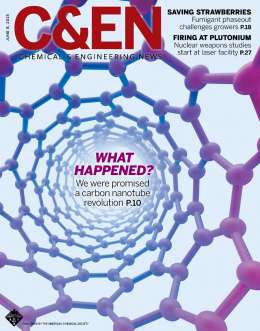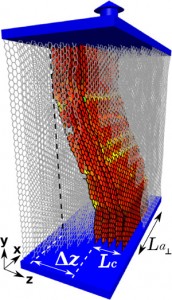Rice University researchers say 2-D boron may be best for flexible electronics
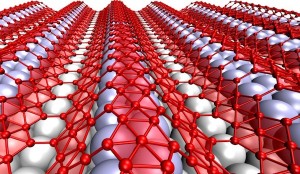 Though they’re touted as ideal for electronics, two-dimensional materials like graphene may be too flat and hard to stretch to serve in flexible, wearable devices. “Wavy” borophene might be better, according to Rice University scientists.
Though they’re touted as ideal for electronics, two-dimensional materials like graphene may be too flat and hard to stretch to serve in flexible, wearable devices. “Wavy” borophene might be better, according to Rice University scientists.
The Rice lab of theoretical physicist Boris Yakobson and experimental collaborators observed examples of naturally undulating, metallic borophene, an atom-thick layer of boron, and suggested that transferring it onto an elastic surface would preserve the material’s stretchability along with its useful electronic properties.
Highly conductive graphene has promise for flexible electronics, Yakobson said, but it is too stiff for devices that also need to stretch, compress or even twist. But borophene deposited on a silver substrate develops nanoscale corrugations. Weakly bound to the silver, it could be moved to a flexible surface for use.
The research appears this month in the American Chemical Society journal Nano Letters.


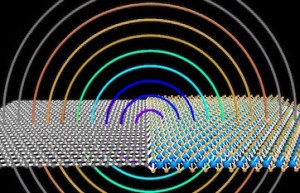
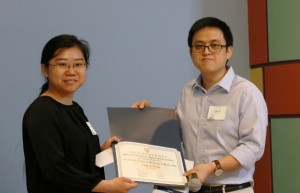 Department. To honor Franz R. Brotzen, the Stanley C. Moore Professor Emeritus of Materials Science and a former dean of engineering, this fellowship was established by David Lee Davidson and his wife, Patricia, and to support an endowed fellowship for graduate students researching in the area of materials science.
Department. To honor Franz R. Brotzen, the Stanley C. Moore Professor Emeritus of Materials Science and a former dean of engineering, this fellowship was established by David Lee Davidson and his wife, Patricia, and to support an endowed fellowship for graduate students researching in the area of materials science.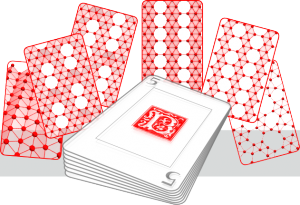
 Ken Kennedy Institute for Information Technology (April 13, 2016, 3-5pm,
Ken Kennedy Institute for Information Technology (April 13, 2016, 3-5pm, 
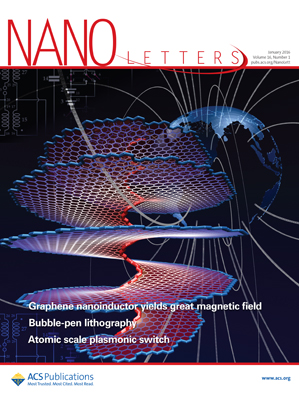 Graphene forms helicoids, akin to the mathematical
Graphene forms helicoids, akin to the mathematical 



